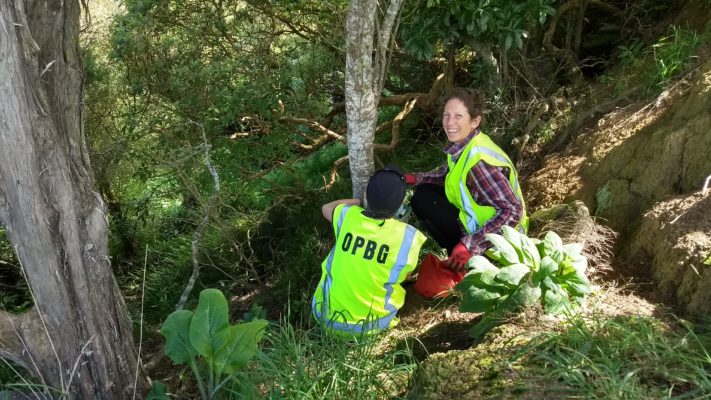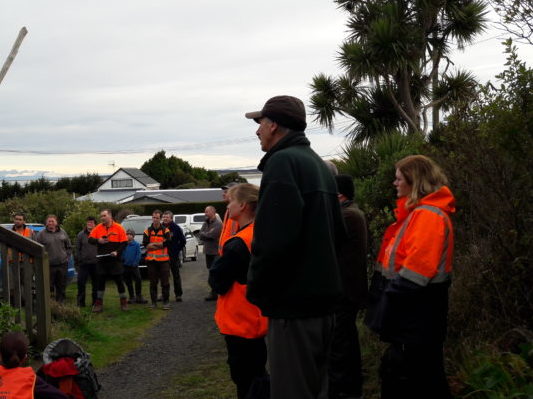New Zealand’s regional councils have just released a ‘think piece’ on the future of biodiversity management in New Zealand.
“Our native flora and fauna is a taonga that does much to define us as a nation. It’s also under threat, and we are losing ground in many cases. This timely thinkpiece suggests how we could better manage our indigenous biodiversity, with a particular focus on the role and work of regional councils.”

“This think piece canvasses all the big questions and proposes a way forward. The intention is to provoke thinking, discussion, debate and ultimately change. It’s been prepared for regional and unitary councils because of their role in biodiversity management, particularly on private land.”
It identifies five ‘shifts’ necessary to enhance the contribution regional councils can make – steps that will make the greatest difference to halting biodiversity decline in New Zealand. The five recommendations are:

- The need for strong leadership and clarity of roles and responsibilities.
- The need for agreement on where we should focus our efforts at national, regional and local level.
- The importance of a plan and delivering joined-up action across all players.
- The need to understand what success looks like, and how to measure it.
- The need for modern, fit-for-purpose frameworks, including legislation, to help to achieve our goals.
“Turning the tide will not be easy or simple. That may be why much has been written on the problem of biodiversity decline and much less written about possible solutions. However, we cannot allow complications and difficulties to overwhelm and paralyse us. We must work together on the things that will make the greatest difference.”
The report also recognises that there isn’t one answer for everywhere. Every region has its own challenges.
“There cannot be a one-size-fits-all solution. Threats vary and require different interventions depending on situation, location and context. However, a core message here is that the most urgent need is more active management. This requires a focus on actively managing the threats associated with biodiversity decline. And it almost always requires working alongside people, whether they’re individual landowners or communities. It means taking proactive and positive measures, such as fencing, pest and weed control or planting, to protect and enhance indigenous biodiversity.”
The report also recognises that the answer isn’t just to introduce more regulations!
“When you get people involved with biodiversity management, they invariably expand their knowledge about our native flora and fauna, and value it more highly. There is much research to suggest that working alongside people gets more effective results than forcing them with regulations, which at best can only ever achieve passive protection of biodiversity.”
“Regional councils are keen to work with others to enable the necessary changes to improve New Zealand’s biodiversity system. Some of these recommendations are just enhancements of ‘business as usual’. But others are new ideas that will challenge current thinking. Leadership and initiative will be required to make them reality.”
The report was written by Gerard Willis of Enfocus Limited with input from staff at a number of regional councils, along with Department of Conservation and Landcare Research researchers. The full ‘thinkpiece’ report can be viewed online:

